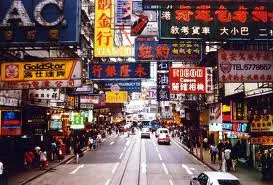
Hong Kong maintains GDP growth by 6.8%
External trade contributes to Hong Kong’s GDP behind domestic demand and further expansion in intra-regional production activity in the Asian markets.
Hong Kong's economy remained robust in the third quarter, with real Gross Domestic Product expanding 6.8% year-on-year, following strong growth of 7.2% in the first half of the year, Government Economist Helen Chan announced on Friday in a government report.
On a seasonally adjusted quarter-to-quarter comparison, GDP grew by 0.7% in real terms in the third quarter, the sixth consecutive quarter of expansion.
GDP grew 7.1% in real terms in the first three quarters over the same period last year. Even allowing for some possible deceleration in the fourth quarter, economic growth in 2010 should exceed the forecast of 5% to 6% announced in August, she said, seeing the GDP growth forecast for the year as a whole revised upwards to 6.5%.
External trade
Merchandise exports maintained strong momentum in the third quarter, surging 20.8% in real terms over a year earlier. The strong domestic demand and further expansion in intra-regional production activity in the Asian markets provided the main impetus.
The further recovery in the US and European markets was also contributory, though demand in these markets had yet to return to their pre-crisis levels in 2008.
Exports of services were likewise vibrant, up 14% year-on-year in real terms in the third quarter. Inbound tourism thrived on the surge in visitor arrivals from the Mainland and other Asian markets.
Exports of trade-related and transportation services continued to benefit from the resurgence in trade flows, while exports of financial and business services grew solidly further.
She said the domestic sector held up well in Q3. Riding on the improving employment situation and rising incomes, private consumption expenditure picked up further and grew by 5.7% year-on-year in real terms.
Investment saw slower growth of 0.3% in real terms over a year earlier, mainly due to the relapse in machinery and equipment acquisition after three quarters of very rapid growth. Construction activity grew notably further, as the surge in public sector works went on.
Labour, asset markets
The labour market continued to improve on a broad front. Total employment rose to a new high since early last year, pushing the seasonally adjusted unemployment rate down to 4.2%. Labour income continued to increase.
The local stock market was range-bound in July and August, and rallied in September alongside other markets worldwide on increasing market expectations of a new round of monetary easing in the US. The local property market made further gains in July and August, cooled in September, then picked up again recently.
Mrs Chan said the global economy continued to recover at an uneven pace across all regions. While the strength of recovery in most advanced economies remained weak, many emerging and developing economies, particularly the Mainland, saw further strong growth.
As the advanced economies are still the main driving force behind the final demand in global trade, their dimmer growth prospects may eventually pose a drag on external trade performance in Hong Kong and Asia as a whole, she said.
The more volatile exchange rates as well as the rise of protectionism will also increase the headwinds in the trading environment. While export orders have held relatively stable so far, the downside risks to Hong Kong's trade outlook have increased.
Nevertheless, local consumer sentiment should remain firm in the near term, supported by the improving income and job prospects. As to business sentiment, the latest Quarterly Business Tendency Survey results indicate large enterprises remain positive about the near-term business outlook.
Public sector construction works will stay at high levels, also rendering support to domestic demand. The Government will closely monitor the increasing asset market bubble risks facing the region, especially with the new round of quantitative easing in the US.
Prices
Underlying consumer price inflation, which excludes the effects of the Government’s relief measures to give a more accurate indication of the inflation trend, rose to 2% in the third quarter.
Rising inflation along with strong economic expansion is a common phenomenon among many Asian economies, and Hong Kong is no exception, Mrs Chan said.
Inflation in Hong Kong is likely to rise, as the rise-back in domestic costs, as well as higher import prices amid a weaker US dollar and elevated global food and commodity prices, continue to feed through.
The new round of quantitative easing in the US, which could trigger a further influx of funds into the region, will also pose upside risks to inflation. The sustained productivity growth in the economy should provide a partial offset.
Underlying consumer price inflation, which averaged at 1.4% in the first three quarters, is now forecast at 1.7% for the year as a whole, revised upwards from 1.5% in the August round.
The forecast rate of headline consumer price inflation for 2010 as a whole is also revised upwards accordingly, from 2.3% to 2.5%.
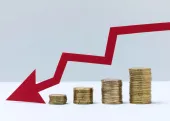



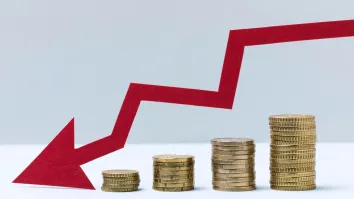
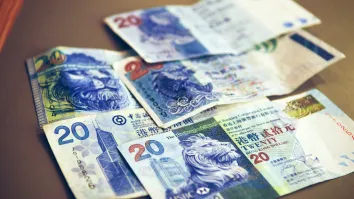









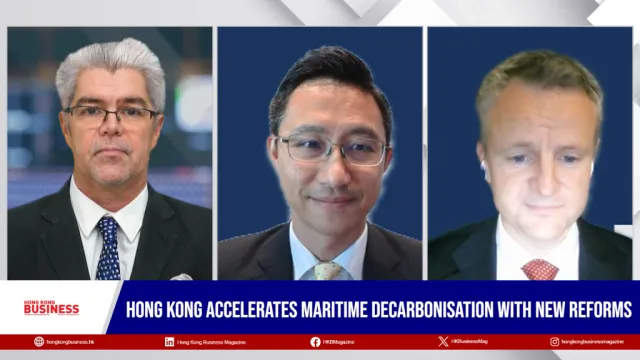



 Advertise
Advertise






